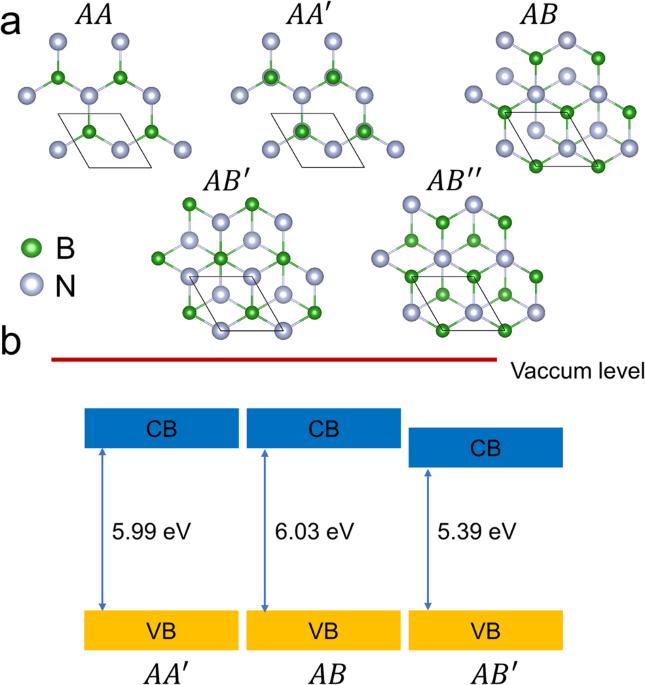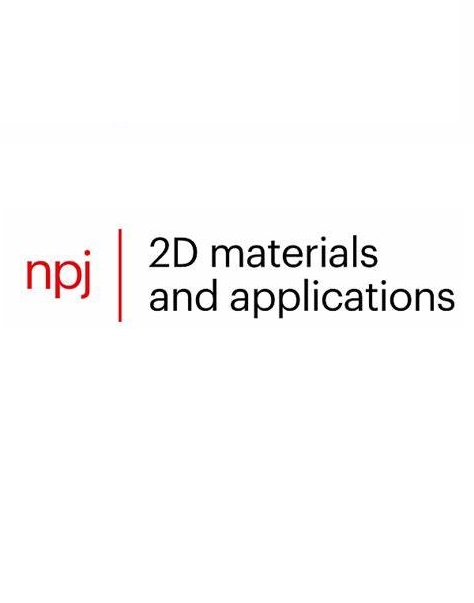Exceptionally strong coupling of defect emission in hexagonal boron nitride to stacking sequences
IF 8.8
2区 材料科学
Q1 MATERIALS SCIENCE, MULTIDISCIPLINARY
引用次数: 0
Abstract
Van der Waals structures present a unique opportunity for tailoring material interfaces and integrating photonic functionalities. By precisely manipulating the twist angle and stacking sequences, it is possible to elegantly tune and functionalize the electronic and optical properties of layered van der Waals structures. Among these materials, two-dimensional hexagonal boron nitride (hBN) stands out for its remarkable optical properties and wide band gap, making it a promising host for solid state single photon emitters at room temperature. Previous investigations have demonstrated the observation of bright single photon emission in hBN across a wide range of wavelengths. In this study, we unveil an application of van der Waals technology in modulating their spectral shapes and brightness by carefully controlling the stacking sequences and polytypes. Our theoretical analysis reveals remarkably large variations in the Huang-Rhys factors–an indicator of the interaction between a defect and its surrounding lattice–reaching up to a factor of 3.3 for the same defect in different stacking sequences. We provide insights into the underlying mechanism behind these variations, shedding light on the design principles necessary to achieve rational and precise control of defect emission. This work paves the way for enhancing defect identification and facilitating the engineering of highly efficient single photon sources and qubits using van der Waals materials.

六方氮化硼中缺陷发射与堆叠序列的超强耦合
范德瓦耳斯结构为定制材料界面和集成光子功能提供了一个独特的机会。通过精确操纵扭转角和堆叠序列,可以优雅地调整和功能化层状范德华结构的电子和光学特性。在这些材料中,二维六方氮化硼(hBN)因其卓越的光学特性和宽带隙而脱颖而出,成为室温固态单光子发射器的理想宿主。以往的研究表明,在 hBN 中可以观测到宽波长范围内的明亮单光子发射。在本研究中,我们揭示了范德瓦耳斯技术在调制其光谱形状和亮度方面的应用,具体方法是仔细控制堆叠序列和多类型。我们的理论分析揭示了 Huang-Rhys 因子--缺陷与其周围晶格之间相互作用的指标--的巨大变化,对于不同堆叠序列中的同一缺陷,变化系数最高可达 3.3。我们深入探讨了这些变化背后的内在机制,阐明了实现合理、精确控制缺陷发射所需的设计原则。这项工作为加强缺陷识别、促进利用范德华材料设计高效单光子源和量子比特铺平了道路。
本文章由计算机程序翻译,如有差异,请以英文原文为准。
求助全文
约1分钟内获得全文
求助全文
来源期刊

npj 2D Materials and Applications
Engineering-Mechanics of Materials
CiteScore
14.50
自引率
2.10%
发文量
80
审稿时长
15 weeks
期刊介绍:
npj 2D Materials and Applications publishes papers on the fundamental behavior, synthesis, properties and applications of existing and emerging 2D materials. By selecting papers with the potential for impact, the journal aims to facilitate the transfer of the research of 2D materials into wide-ranging applications.
 求助内容:
求助内容: 应助结果提醒方式:
应助结果提醒方式:


